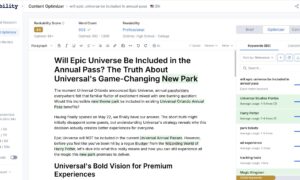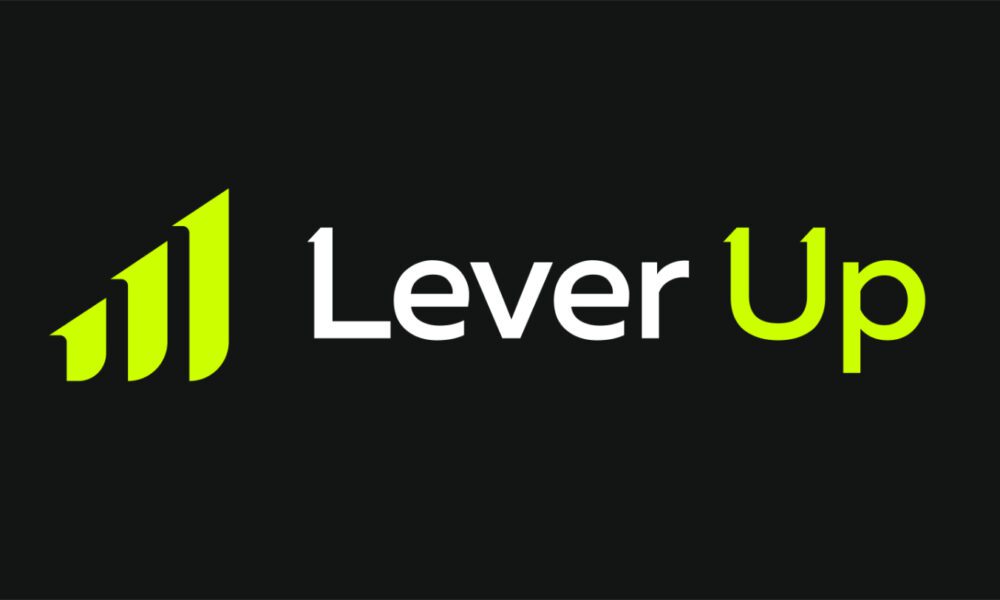If Google’s first page once decided who got found, AI Overviews now decide who gets trusted.
These summaries appear at the very top of search results, answering questions instantly—often without a single click.
And only a handful of sources make the cut.
For NJ and national brands alike, this new visibility layer has become the real front page of Google.
Winning that placement takes more than keywords—it requires authority, structure, and clarity.
1. Why AI Overviews Matter More Than Rankings
AI Overviews don’t just summarize—they synthesize.
Google’s AI blends facts from a few trusted pages into a single answer block that users see before scrolling.
That shift means:
- Ranking alone no longer guarantees visibility.
- Structured, concise answers outperform long paragraphs.
- Schema markup, entities, and credibility signals now weigh more than keyword density.
If your business depends on organic discovery, your content must be AI-readable as well as human-friendly.
2. How Google Chooses Sources for AI Overviews
Google’s AI looks for clarity, authority, and structure.
It blends classic ranking factors with new machine-learning signals such as:
- Domain authority and topical expertise
- Page structure—headings, lists, tables
- Schema accuracy and entity consistency
- Unique value or “information gain”
Pages that explain concepts cleanly and back them with real data stand out. In practice, the algorithm favors pages that look and read like complete answers, with entities clearly connected across headings, metadata, and schema.
As outlined in how Google’s AI Overviews choose sources and how to become one, the model identifies the clearest, most verifiable explanation of a topic. Sites that organize content logically—starting with a short summary and supported by facts—tend to appear most often.
3. The Content Framework That Wins in AI Overviews
AI prefers clarity over creativity.
Pages that earn citations follow a consistent pattern: simple hierarchy, scannable structure, and natural flow.
- Start with a two-sentence answer.
Lead each article with a short summary that directly responds to the main question. - Use descriptive headings.
Frame H2s and H3s as real questions—“What Is AI SEO?” or “How Does Schema Help Ranking?”—so AI can map intent easily. - Keep paragraphs short.
Limit to 60–80 words. This helps AI parsers capture complete ideas without truncation. - Include bullet lists and tables.
Structured elements make data extraction effortless. - End with FAQs.
Question-based sections boost both voice-search and Overview eligibility.
Many of these best practices appear in how to format blogs and pages for AI Overviews, where layouts mirror the way AI systems parse language—headline to snippet, snippet to citation.
4. Schema & Structured Data: The Hidden Advantage
Even well-written content can stay invisible without schema.
Structured data gives Google the context it needs to verify and display your information confidently.
Key schema types that help inclusion:
- FAQPage – captures voice-search questions and answers
- HowTo – signals step-by-step processes
- Organization / LocalBusiness – establishes brand and geographic identity
- Article / BlogPosting – clarifies authorship and topical focus
Validated schema ensures the model reads your site as credible, consistent, and current—three traits AI uses when selecting citations.
5. Examples of Brands Winning in AI Overviews
Success doesn’t require national scale. Local and ecommerce businesses are already earning citations through structured clarity.
Example 1: Local Service Provider – A pool-care company used short steps, numbered lists, and FAQ schema; its “how to clean pool filters NJ” guide appeared directly in Google’s Overview.
Example 2: DTC Skincare Brand – Opening each article with a two-line definition and linking to medical references helped it appear under “best ingredients for sensitive skin.”
Example 3: Regional Retailer – A table comparing packaging materials plus LocalBusiness schema earned citation for “eco-friendly shipping NJ.”
Each case proved the same rule: clear structure, verifiable entities, and concise language win.
6. Common Mistakes That Block Inclusion
- Dense, unstructured paragraphs with no defined answer
- Keyword stuffing that dilutes clarity
- Missing or invalid schema markup
- Duplicate FAQs lacking unique insights
- Outdated or thin content with poor freshness signals
Fixing even one of these issues can dramatically raise visibility.
7. How to Audit Your Site for AI Overview Readiness
A quick in-house audit can reveal whether your pages are AI-ready:
- Search your main question queries.
Do you appear in an Overview or featured snippet? - Check heading structure.
Are H2s phrased as questions? - Run a schema test.
Use Google’s Rich Results Test for validation. - Assess paragraph length and bullet use.
- Compare against a cited competitor.
Small changes—like tightening intros or adding FAQ markup—often improve inclusion within the next re-crawl cycle.
8. The Long Game: Structure Builds Trust
Google’s AI doesn’t just reward one-time optimization.
When your pages repeatedly deliver clear, trustworthy answers, the system begins associating your brand with reliability.
That recognition compounds: future articles get scanned, indexed, and cited faster because your entity already carries a trust signal.
Maintaining a uniform content structure across your site ensures each new page strengthens that signal rather than resetting it.
9. Be the Source, Not Just the Result
Winning placement in Google’s AI Overviews isn’t about gaming algorithms—it’s about communicating knowledge clearly.
To recap:
- Lead with a concise, factual summary.
- Use question-based headings.
- Keep sections short and scannable.
- Support statements with lists, tables, and schema.
- End every page with helpful FAQs.
When readers find clarity, AI systems find confidence—and that’s what earns citations.



































